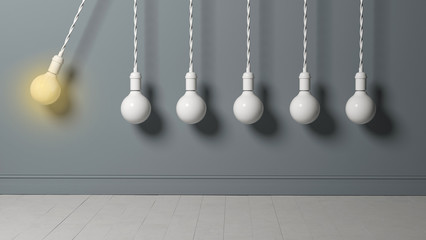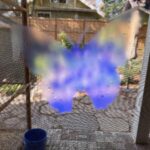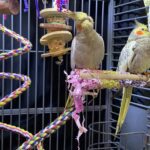
The truth about full spectrum lights
I touched briefly on full-spectrum lights in my article on UV light myths.
So what does full spectrum mean? Well, it means something different when it comes to light and to light bulbs.
For light:
Full-spectrum light is light that covers the electromagnetic spectrum from infrared to near-ultraviolet
Full-spectrum light—Wikipedia
For light bulbs:
“Full-spectrum” is not a technical term when applied to an electrical light bulb. Rather, it implies that the product emulates some important quality of natural light.
Full-spectrum light—Wikipedia
There is no agreement and there are no standards for what constitutes a full-spectrum bulb. This may come as a shock if you’ve bought bulbs labelled as full spectrum, which typically are priced higher.
It’s not to say that every manufacturer is lying, but rather than trust the labeling, it’s better to understand the qualities of natural light and try to buy bulbs that have many of those qualities. There is no such thing as a bulb that perfectly emulates natural light.
Qualities of natural light:
- It’s bright. There’s no scientific guideline on this, but I’ve heard people working with the San Diego Zoo advise people to think about the lighting in their kitchens, or where they do some sort of detailed work. Your birds should get light at least that bright.
- Color temperature needs to be somewhere in the range of 5000K to 6500K to mimic various types of daylight from sunrise/sunset to noon. Going with 5500K to 6000K would be more like noon.
- CRI, or Color Rendering Index, is 100 in natural light. However, bulbs over 95-98 are typically impossible to find. The advice I give here is to find the highest CRI bulb you can afford.
So, the 3 bullet points above satisfy the definition of full-spectrum light, that it emulates some qualities of daylight. You will find bulbs labeled as full-spectrum bulbs that have 80 or lower CRIs, 3000K color temperature, and are too dim. Look at the specs, not the label. For CRI, you will often have to call the manufacturer or go to their website.
I will cover flicker in a future article, but as a caveat, be careful with LED lights at this point as many of them have flicker that may be OK for humans, but could cause problems for birds that have much more advanced eyes. Sticking to bulbs rather than LED strips is one way to potentially avoid the problem.

